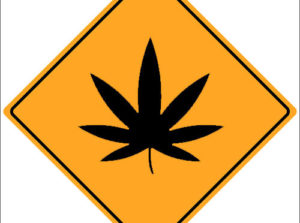 Local and government entities, as well as cannabis business owners, are recognizing a need to have better health and safety training to protect workers in the cannabis industry.
Local and government entities, as well as cannabis business owners, are recognizing a need to have better health and safety training to protect workers in the cannabis industry.
The safety and health of employees should be the most important consideration in the operation of any business. Every employer and employee has a responsibility to comply with safety standards and regulations. Safe operations contribute positively to the bottom line.
For instance, issuing guidelines about care, handling, and protection that addresses any of several hazards cannabis cultivation workers may encounter, such as:
- Cuts, nicks, and scrapes may occur while harvesting the buds, flowers, and elements of the plant.
- Pinches, carpal tunnel, and repetitive stress injuries of shears and gardening equipment.
- Exposures to different pesticides and fertilizers used for certain strains of the plants.
- Respiratory, eye, and dermal exposures to 8-9-tetrahydrocannabinol (THC) while handling plants.
- Excessive ultraviolet (UV) exposure from grow lamps used in indoor facilities for the vegetative states and flowering cycles.
- Burn and shock risks resulting from the improper wiring of grow lamps and other equipment, including butane extraction.
- Mold exposure related to indoor growing operations caused by improper ventilation.
- Accidental carbon monoxide (CO) and oxides of nitrogen (NOx) exposure from producing CO2.
- Heat stress from working in outdoor facilities, especially greenhouses.
- Disproportionate carbon dioxide (CO2) exposure in grows calibrated to optimize growing environments.
Create a safe and healthy workplace, improve morale, and keep insurance premiums low. OSHA regulations apply to every employer with more than one (1) employee, the cannabis industry is NOT exempt. Stay ahead of the Occupational Safety and Health Administration (OSHA) and learn about these safety issues specific to the cannabis industry.
As the cannabis industry grows and more workers become involved in the cultivation of cannabis, there is an increased risk of these types of injuries and exposure to industrial hazards.
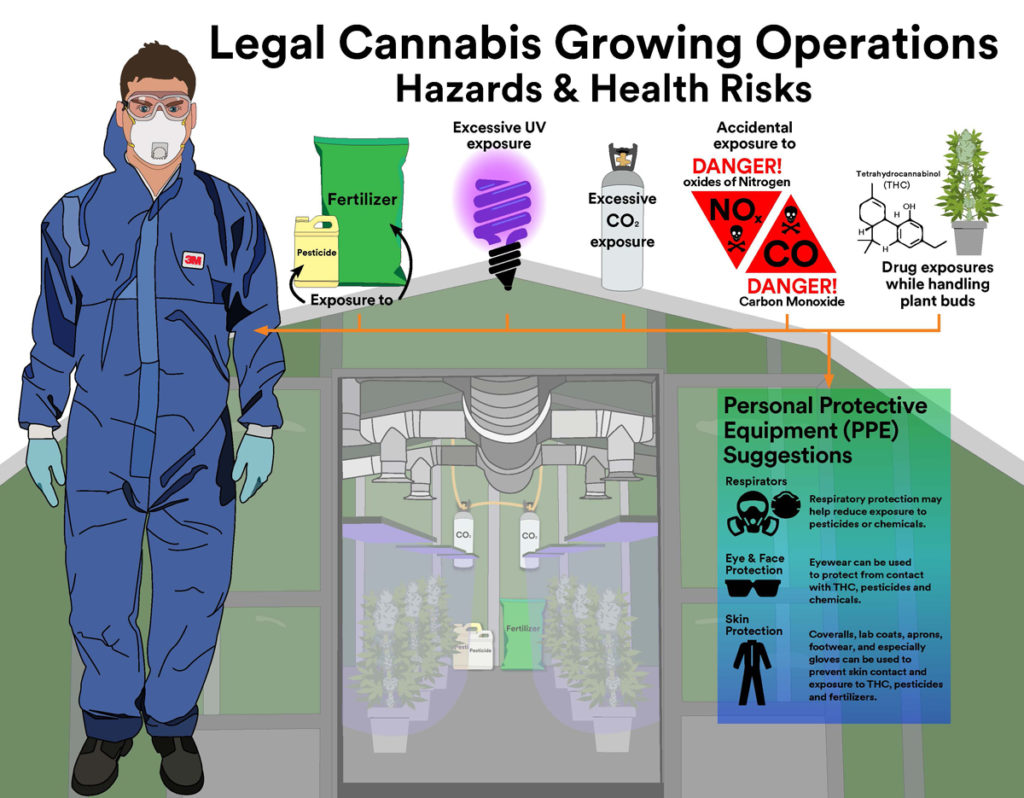
Harvesting Cannabis Safety Concerns
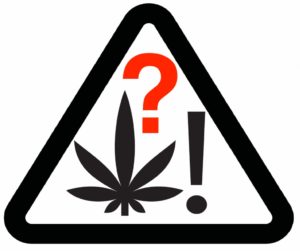
Many of the same principles associated with agricultural production apply to the cannabis industry. That said, several sources have created information customized to cannabis.
For example, Colorado currently has the most licensed dispensaries and grow operations in the United States with more than 1,000 legally registered entities. The Colorado Department of Public Health and Environment (CDPHE) published a comprehensive guide for developing a worker health and safety program that can be found here.
In addition, Washington State also has many resources that can help producers/growers as well as processors and retailers with establishing cannabis industry safety protocols. As its website points out, “Preventive efforts make good business sense when you begin to consider the possible costs associated with a tragic accident.”
Overall, a lack of findable and shareable information about what equipment is needed, how to protect your workers, and how to put these programs in place has been a chief complaint from stakeholders in this emerging industry. As noted earlier, Washington and Colorado are leading the OHSA charge on the government side so far.
There are several types of Personal Protective Equipment (PPE) and programs that can be put in place to help protect the health and safety of cannabis growing, production, and retail workers. For instance, different types of respirators may be needed to help protect against short and long-term exposure to plants, mold, or pesticides.
Additionally, safety eyewear and safety sun wear can help protect from the sun, UV grow lamps, pesticides, other chemicals, and debris while cultivating, harvesting, and processing. Gloves, protective clothing, and eye protection can help prevent injury while cultivating, as well as the harm that can result from contact with plants and pesticides.
Suggestions for Personal Protective Equipment (PPE)
Respirators
Respiratory protection may be required during normal growing operations to reduce exposures to mold, pesticides, or chemicals. Respiratory selection and use should be based on the results of air monitoring, in compliance with the assigned protection factors (APFs) outlined in the OSHA Respiratory Protection Standard 29 CFR 1910.134, state or local pesticide application regulations, and pesticide manufacturers’ recommendations.
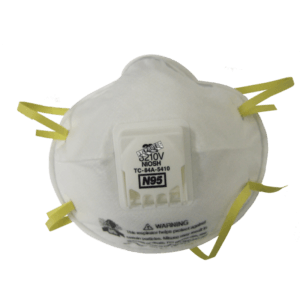
Based on the exposure assessment, a disposable respirator, or half facepiece or full facepiece respirator with a combination organic vapor cartridge/filter, may provide air-purifying action. Examples of air-purifying respirators include:
- Particulate Respirator
- Full Facepiece Respirator
- Respirator Cartridge/Filter
State and local pesticide regulatory agencies should be consulted for any additional respirator selection requirements based on the pesticide to be used. Per US OSHA regulations, a site-specific cartridge change-out schedule may need to be developed. Respirators must always be used by all procedures, cautions, and limitations specified in the respirator manufacturer’s user instructions to receive the assigned level of protection.
Per 29 CFR 1910.134, OSHA requires employers to implement a written respiratory protection program meeting all the requirements of the standard when respirators are used. The respirator manufacturer or a health and safety professional should be consulted if there is any question regarding respirator selection and use. Misuse of the respirator may result in sickness or death.
Proper ventilation should be maintained to avoid overexposure to CO, CO2, and NOx, as air-purifying respirators will not provide protection. Overexposure to these gasses remains an acute concern if CO2-producing devices are not monitored or maintained properly.
Skin Protection
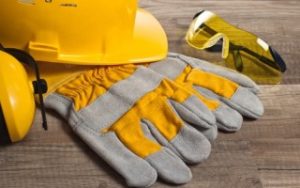 Skin contact must be prevented during cutting and harvesting operations to reduce the risk of dermal exposure to THC, pesticides, and fertilizers. Protective coveralls, lab coats, aprons, footwear, and especially gloves should be considered during cutting and harvesting operations, and the application of pesticides or fertilizing chemicals.
Skin contact must be prevented during cutting and harvesting operations to reduce the risk of dermal exposure to THC, pesticides, and fertilizers. Protective coveralls, lab coats, aprons, footwear, and especially gloves should be considered during cutting and harvesting operations, and the application of pesticides or fertilizing chemicals.
Refer to coverall, glove, and pesticide manufacturers’ recommendations for specific products. In outdoor operations, the potential for increased risk of heat stress should be considered when selecting worker protective clothing.
Eye and Face Protection
Eyes must be protected from contact with THC, pesticides, and chemicals. Employers should consider the need for eyewear, eyewear, face shield, or a full facepiece respirator. Being proactive can help build a culture of safety, help workers are more productive, and prevent injury.
Let us know what you think.




Responses